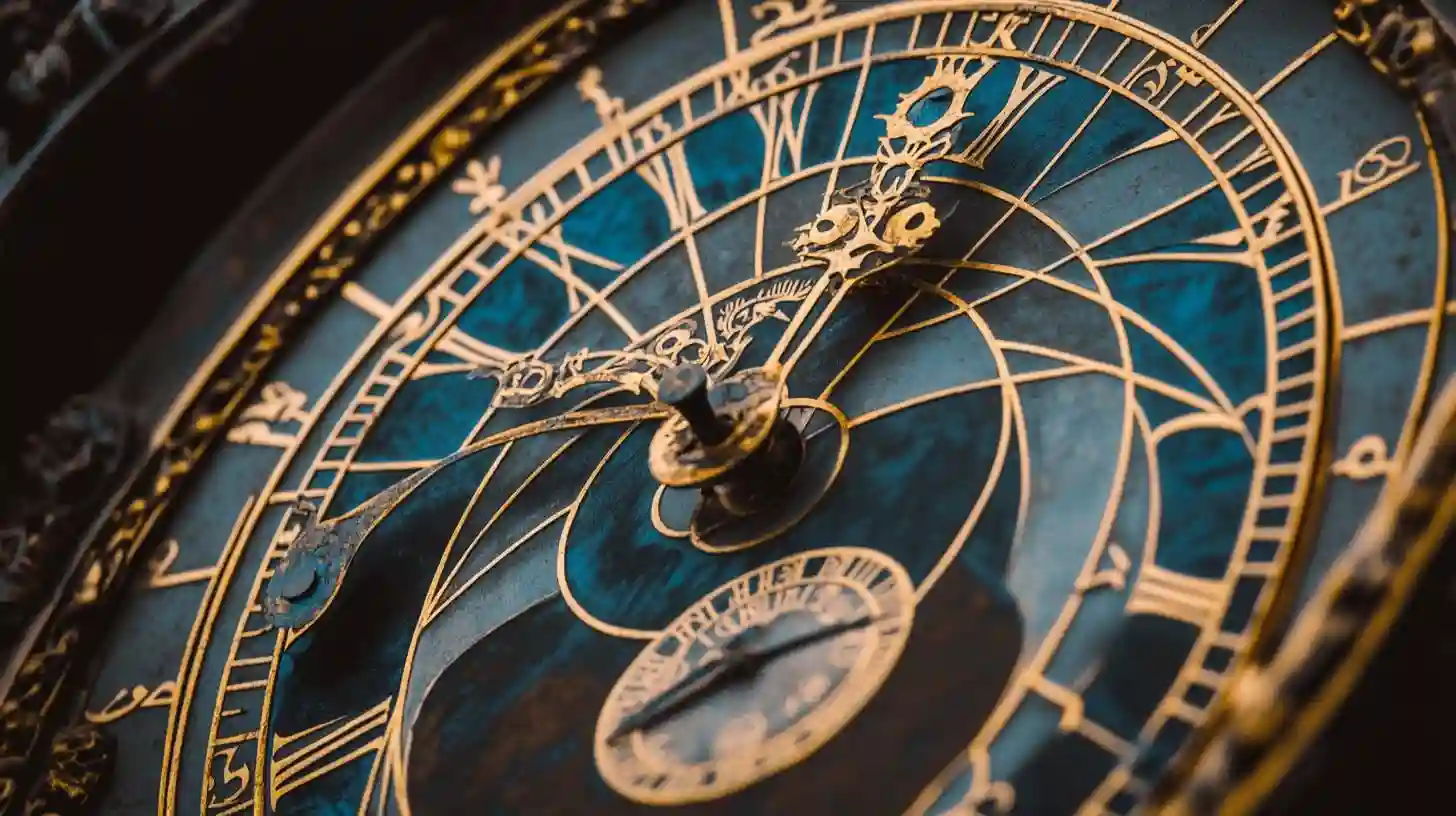
Infospherezone

The design of modern clocks, with their hands rotating in a clockwise direction, stems from a rich interplay of historical context and scientific understanding. The origins of this clockwise motion can be traced back to ancient civilizations, primarily the Egyptians and the Mesopotamians, who utilized sundials for time measurement. Sundials were typically positioned with a vertical gnomon that cast a shadow on a flat surface to indicate time, and the movement of the sun across the sky influenced the orientation of the shadows. In the Northern Hemisphere, the sun arcs from east to west, creating a path that sets the standard for clockwise movement. As the sun travels from east to the west, the shadows on sundials move in a motion that can be described as clockwise from a viewpoint of someone facing south.
This early reliance on sun movement solidified the cultural perception of clockwise as the natural direction of time. As civilizations developed, the need for more precise mechanical devices led to the invention of water clocks and later mechanical clocks. The transition from sundials to mechanical devices retained the same directional flow as previously established. Whereas a sundial directly followed the natural course of the sun, mechanical clocks continued to adopt a clockwise movement, perpetuating the established convention.
Moreover, the technology of clockmaking evolved in a particular geographic and cultural environment that favored this direction. In Europe during the medieval period, for instance, the creation of large tower clocks provided a communal way of timekeeping that was synchronized with the sun. The incorporation of gears in these clocks largely followed traditions initiated by earlier artisans and craftsmen who had come to accept the clockwise direction as the standard. Many early clocks utilized a gear arrangement that was inspired by earlier mechanical innovations, which again adhered to the clockwise movement seen in sundials.
The scientific community also played a significant role in reinforcing the clockwise direction tied to mechanical clocks, particularly as the understanding of physics advanced. Observations of celestial bodies led to deeper insights into the nature of time and motion. The relationship of the Earth’s rotation further cemented this motion. The Earth rotates from west to east, leading to an observable movement of celestial bodies, which further underpins the clockwise rotation as a culturally ingrained concept as people adapted their mechanical representations of time to align with real-world observations.
In addition to the innovations in clockmaking, the societal structures that evolved around the measurement of time were also created with this clockwise motion in mind. The establishment of standardized time across various regions necessitated consistency in timekeeping methods, which ultimately utilized this directional standard. As societies grew more complex, their economic activities and social interactions became intertwined with the standardized method of keeping time. The successful synchronization of daily life around the mechanical understanding of time perpetuated the existing conventions that favored the clockwise design of clocks.
Clock designs later spread globally, and the widespread adoption of the clockwise standard across different cultures contributed to its persistence. Whether by virtue of international trade, colonial endeavors, or global communication, the concept of timekeeping based around this clockwise standard became universally recognized. As technology further evolved with the introduction of electrical clocks and digital timekeeping, the foundational principles established by mechanical designs remained influential. The influence of earlier cultural and scientific traditions persisted, with modern interpretations of timekeeping still reflecting the same clockwise format.
As a result, the combination of historical legacy and scientific rationale continues to shape our understanding of timekeeping today. The journey from the primitive sundial to the advanced digital clocks reflects societal progression, backed by a consistent belief in the clockwise flow of time. This direction, firmly embedded in human culture, promotes a sense of continuity that underscores not only the ticking of a clock but also the rhythm of human life itself as it harmonizes with the natural world. The historical adoption of this clockwise motion may seem trivial in the face of technological advancement, yet its roots run deep, affecting how time is perceived and measured in contemporary society.